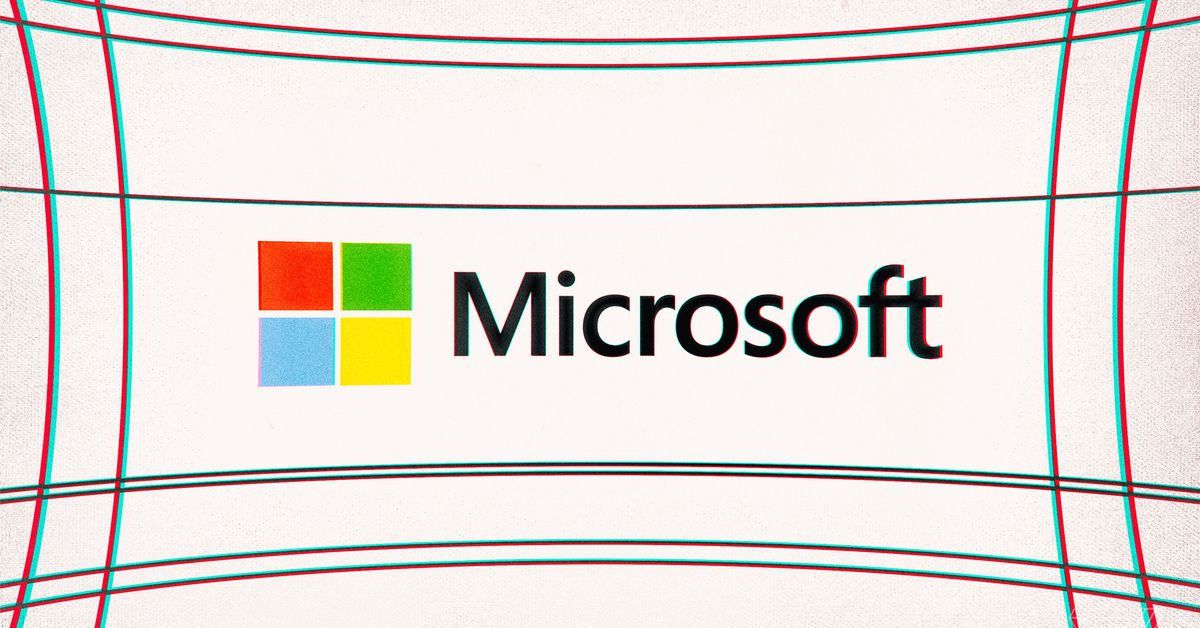Google announces AI features in Gmail, Docs, and more to rival Microsoft
Google has announced a suite of upcoming generative AI features for its various Workspace apps, including Google Docs, Gmail, Sheets, and Slides. The features include new ways to generate, summarize, and brainstorm text with AI in Google Docs (similar...
/cdn.vox-cdn.com/uploads/chorus_asset/file/24506274/Screenshot_2023_03_14_at_11.34.13.png)
Google has announced a suite of upcoming generative AI features for its various Workspace apps, including Google Docs, Gmail, Sheets, and Slides.
The features include new ways to generate, summarize, and brainstorm text with AI in Google Docs (similar to how many people use OpenAI’s ChatGPT), the option to generate full emails in Gmail based on users’ brief bullet points, and the ability to produce AI imagery, audio, and video to illustrate presentations in Slides (similar to features in both Microsoft Designer, powered by OpenAI’s DALL-E, and Canva, powered by Stable Diffusion).
The announcement shows Google’s eagerness to catch up to competitors in the new AI race. Ever since the arrival of ChatGPT last year and Microsoft’s launch of its chatbot-enabled Bing this February, the search giant has been scrambling to launch similar AI features. The company reportedly declared a “code red” in December, with senior management telling staff to add AI tools to all its user products, which are used by billions of people, in a matter of months.
But Google is definitely racing ahead of itself. Although the company has announced a raft of new features, only the first of these — AI writing tools in Docs and Gmail — will be made available to a group of US-based “trusted testers” this month. (This is also how Google announced availability for ChatGPT rival Bard.) Google says these and other features will then be made available to the public later in the year but didn’t specify when.
You can see below the full list of AI-powered features Google says will be coming to Workspace apps in the future:
Image: Google
Of all the new features, the AI writing and brainstorming tools in Docs and Gmail seem the most potentially useful. In a sample demo (GIF above), a user is shown the prompt “Help me write” and then enters a request: “Job post for a regional sales rep.” The AI system then completes the job spec for them in seconds, letting them edit and refine the text.
Google expands on these potential functions in its press release: “Whether you’re a busy HR professional who needs to create customized job descriptions, or a parent drafting the invitation for your child’s pirate-themed birthday party, Workspace saves you the time and effort of writing that first version. Simply type a topic you’d like to write about, and a draft will instantly be generated for you. With your collaborative Al partner you can continue to refine and edit, getting more suggestions as needed.”
A similar feature will let users rewrite text or expand it using AI tools. So, says Google, you might jot down a few bullet points about a work meeting. Google Docs can then expand this into a “more polished summary,” with users able to manually specify the tone (whether it should be “more whimsical” or “formal,” for example). In a video demo, Google shows AI being used to write personalized marketing messages for clients, turning bullet points into a full email, and summarizing the contents of a long email chain in Gmail. (Again, these are somewhat familiar features. Slack recently announced it will use ChatGPT to create similar summaries of discussions, for example.)
A GIF showing Google’s AI tools in Gmail expanding on bullet points.
It’s notable that Microsoft is rumored to be building similar features into its Office suite of apps, including Word, Teams, and Outlook. Microsoft famously unsettled Google this year with the launch of the new Bing. CEO Satya Nadella described AI-assisted search as a new paradigm that could unseat Google from its throne. But it seems the two companies will also be competing in the world of productivity software. Microsoft has scheduled an event where it will detail its plans for “the future of work with AI” later this week on March 16th.
Of course, the rush to launch AI products has its dangers, too. AI text generating programs are notoriously unreliable, often “hallucinating” false information and presenting it with utter confidence. They’re also prone to regurgitating racial and gendered biases present in their training data.
As Google integrates this technology into its enterprise software, these failings could cause major issues. What if Google’s AI summaries of your meetings misattribute quotations or ideas, for example? Or if your AI-generated marketing emails invent new clients or products? In its press release today, Google offered a standard disclaimer: “Sometimes the Al gets things wrong, sometimes it delights you with something offbeat, and oftentimes, it requires guidance.” But while users may see the funny side of Microsoft’s Bing chatbot going off the rails, they may take less kindly to an “offbeat” AI that costs them money.

 ValVades
ValVades 






























